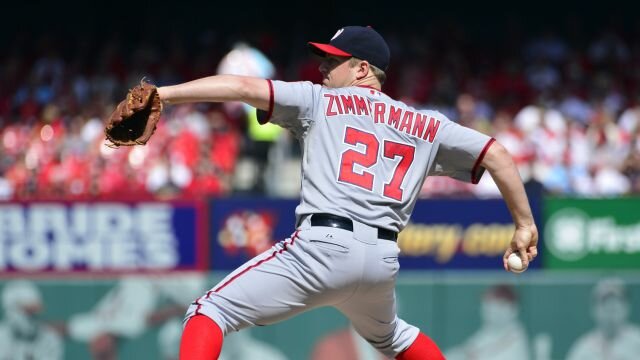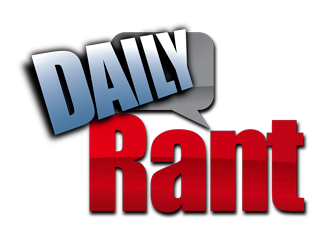After Thanksgiving is typically when the hot stove in general heats up as well as when the Washington Nationals tend to start showing signs of activity. Washington’s earliest major deal in recent years has been the Denard Span acquisition, which happened November 29 of 2012. The Nationals have definitely taken their time in making deals, allowing the market to play out on certain players, as it did with players such as Span, Rafael Soriano or Edwin Jackson, and getting those players at their price. We saw this with Span, who went from a package including the likes of Drew Storen and others to just one high end prospect in Alex Meyer.
Meyer was still certainly pricey, but compared to the amount of players it would have taken just a year or two previously and considering how Span did, for the most part, solidify the lead off spot as well as provide stellar defense in center field, that definitely seems like a bargain. As we have seen, this is GM Mike Rizzo‘s style; allow the market to develop, stay on the fringes, and swoop in with a deal that you are comfortable with, allowing the chips to fall where they may. Sure, it’s safe to say the one overpay was probably for Jayson Werth, but most of Rizzo’s other deals where either surprises or have shown over time that they have greatly benefited the Nationals, when at first blush that may not have been the case.
A great example of this was the Gio Gonzalez deal as the deal was widely regarded as a massive overpay for a pitcher who seems to walk a lot of batters and lose the strike zone too often to be in a winning rotation. Well, Gonzalez has proven many wrong as he has won 32 games in his first two seasons as a National and has a 3.12 ERA, almost a full run better than his career ERA with the Oakland Athletics. He has also posted back-to-back seasons with less than 80 walks and more than 190 strikeouts. The Athletics have gotten solid production from Tommy Milone and Derek Norris, but they have seen Brad Peacock not work out and be dealt away along with eventually sending A.J. Cole back to the Nationals. Both teams have benefited, but many considered Oakland the winner which may not be the case after a few seasons to allow the trade to really pan out.
This offseason, the Nationals have a couple of rotation spots to fill with one or both potentially being filled in-house or on the free agent market. This year’s free agent class is not considered to be particularly stellar, but as we have seen and will see, teams will still pay a premium to acquire pitching. This week, the Minnesota Twins have doled out a combined $73 million to Ricky Nolasco and Phil Hughes, who finished 2013 with a combined 4.46 ERA and won a combined 17 games. Nolasco will be 31 on Opening Day and received a four year, $49 million deal for a career 4.37 ERA and an 89-75 record. Hughes gets $24 million for three years, and, though he will be 27 on Opening Day, he has a career 4.54 ERA and a 56-50 record.
With these two middle of the road hurlers getting more money and years than many thought they would, it should be interesting to see how high the contracts get for the likes of Ubaldo Jimenez and Matt Garza, who are both considered more of the cream of the free agent crop. If the Nolasco and Hughes’ contracts are any indication, it may be safe to say that the Nationals may not be as active via free agency as many believe. Of course, ever since the Werth contract there has been this delusion that Washington is interested in every big name free agent, which really has not been the case. One thing is true; Rizzo loves hard throwing, swing and miss pitchers, and Garza and Jimenez fit that bill. Washington may have to pay handsomely for free agent pitchers, which they may not be comfortable doing, so it may be safe to expect more inactivity than activity from Washington this winter. And with these prices, who can blame them?



















